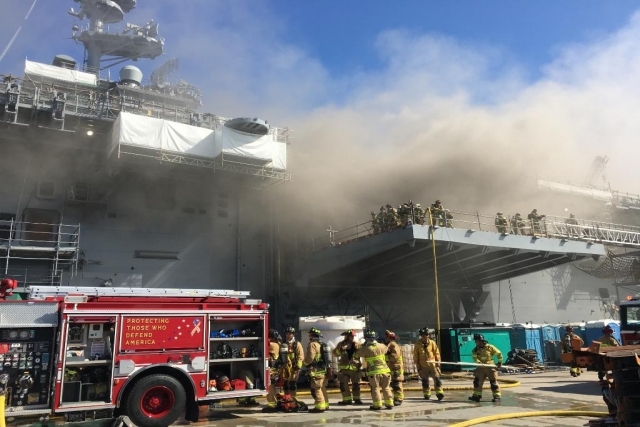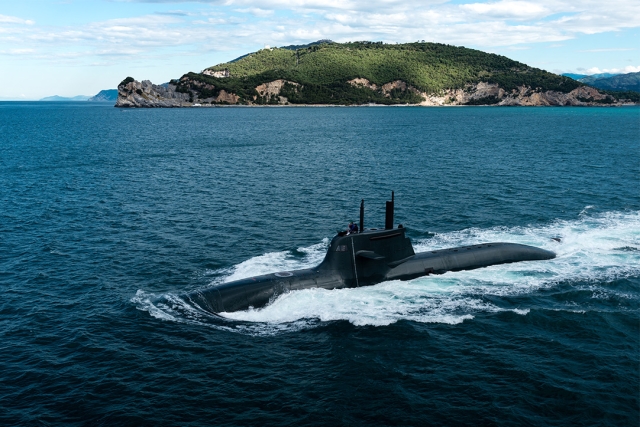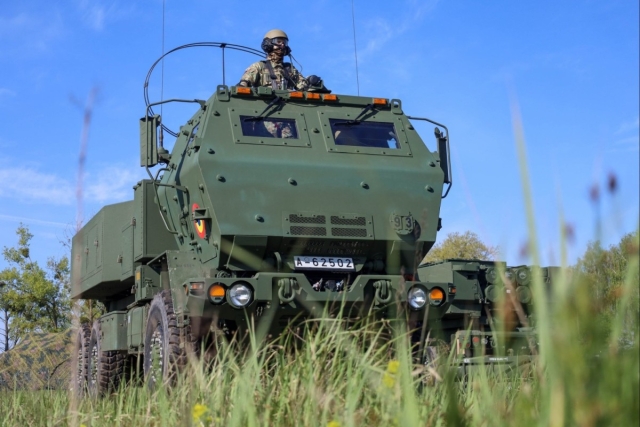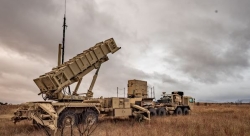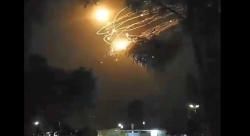Ineffective Training Identified as Causal Factor in Bonhomme Richard’s Fire Damage
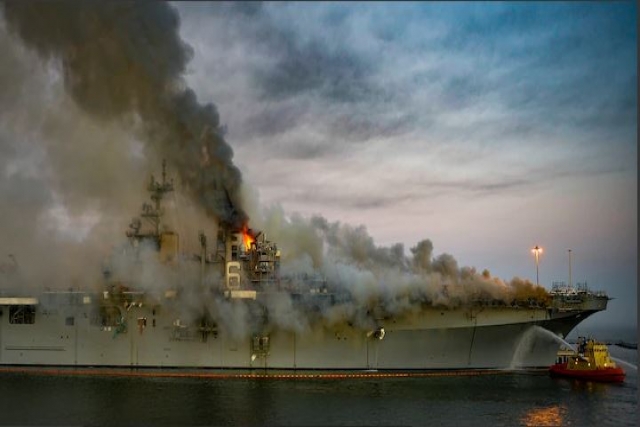
The U.S. Navy has said that the damage to its Wasp-class amphibious assault ship USS Bonhomme Richard could have been controlled if the sailors had received proper training on managing the fire.
Bonhomme Richard was nearing the end of a maintenance period when the fire broke out, and among the work that had been done to the ship was a modernization of computer and other systems to support F-35B Joint Strike Fighter operations. The Navy had spent $250 million for the 18-month upgrade.
The warship ignited on 12 July, 2020, and burned for four days. It was left with extensive structural, electrical and mechanical damage.
The warship was decommissioned in April this year, after repairs proved to be costly. The Navy estimated that repairing the ship would run more than $2.5 billion for 5-7 years. Dismantling the ship is expected to cost about $30 million and less than a year.
The Navy also examined rebuilding the ship for alternate purposes and determined the cost could exceed $1 billion, which is as much or more than a new-construction hospital ship, submarine tender, or command-and-control ship
The Navy convened the United States Pacific Fleet command investigation on USS Bonhomme Richard to specifically examine all causal and contributing factors to the fire that resulted in the total loss of the ship.
There were four categories of causal factors that allowed for the accumulation of significant risk and led to an ineffective fire response: the material condition of the ship, the training and readiness of the ship’s crew, the integration between the ship and supporting shore-based firefighting organizations, and the oversight by commanders across multiple organizations. The command investigation also concluded “a lack of familiarity with requirements and procedural noncompliance at multiple levels of command” contributed to the loss of ship.
“The loss of this ship was completely preventable,” said VCNO Adm. Bill Lescher. “And the Navy is executing a deliberative process that includes taking appropriate accountability actions with respect to personnel assigned to Bonhomme Richard and the shore commands designed to support the ship while moored at Naval Base San Diego.”
Lescher designated the commander of the U.S. Pacific Fleet as the Consolidated Disposition Authority to handle administrative and disciplinary actions relating to military members. Recommendations concerning civilian employees will be forwarded to the cognizant supervisor for action. Based on a separate criminal investigation, Commander, U.S. 3rd Fleet preferred charges against one Sailor who is charged with aggravated arson and hazarding a vessel. A preliminary hearing for the Sailor is scheduled for mid-November.
The investigation was exhaustive in scope, yielding more than 1,000 findings of fact associated with the fire resulting in 242 opinions based on those findings, 139 recommendations for corrective action by various organizations at levels throughout the Navy, and listing 36 individuals recommended for accountability actions.
Alongside the Bonhomme Richard investigation results, the Navy also released the results of the Major Fires Review, ordered in January 2021 by the VCNO. A comprehensive historical review of major fires aboard U.S. Navy ships, the Major Fires Review aimed at identifying recurring trends in the causal factors of 15 major shipboard fires over the past 12 years.
The expansive review included 12 major findings contributing to a current state of elevated risk for ships in maintenance availabilities with seven strategic recommendations for corrective actions.
The Major Fires Review revealed that ineffective learning, the persistence of underlying weaknesses in shipboard watchstanding standards, hazardous and combustible material stowage, and training were the primary issues contributing to a lack of enduring change and in shipboard fires.
To address the findings of the Command Investigation and the Major Fires Review, the Navy established a Learning to Action Board to both implement the recommendations and to assess their ongoing execution overtime, testing both whether the recommendations remain in effect and whether they are providing the intended effect.
The first L2AB convened October 13, 2021, and will meet quarterly to provide a structure, process, and forum to drive accountability for implementing and assessing approved recommendations through Fleet, Type Command, and Systems Command ownership.


